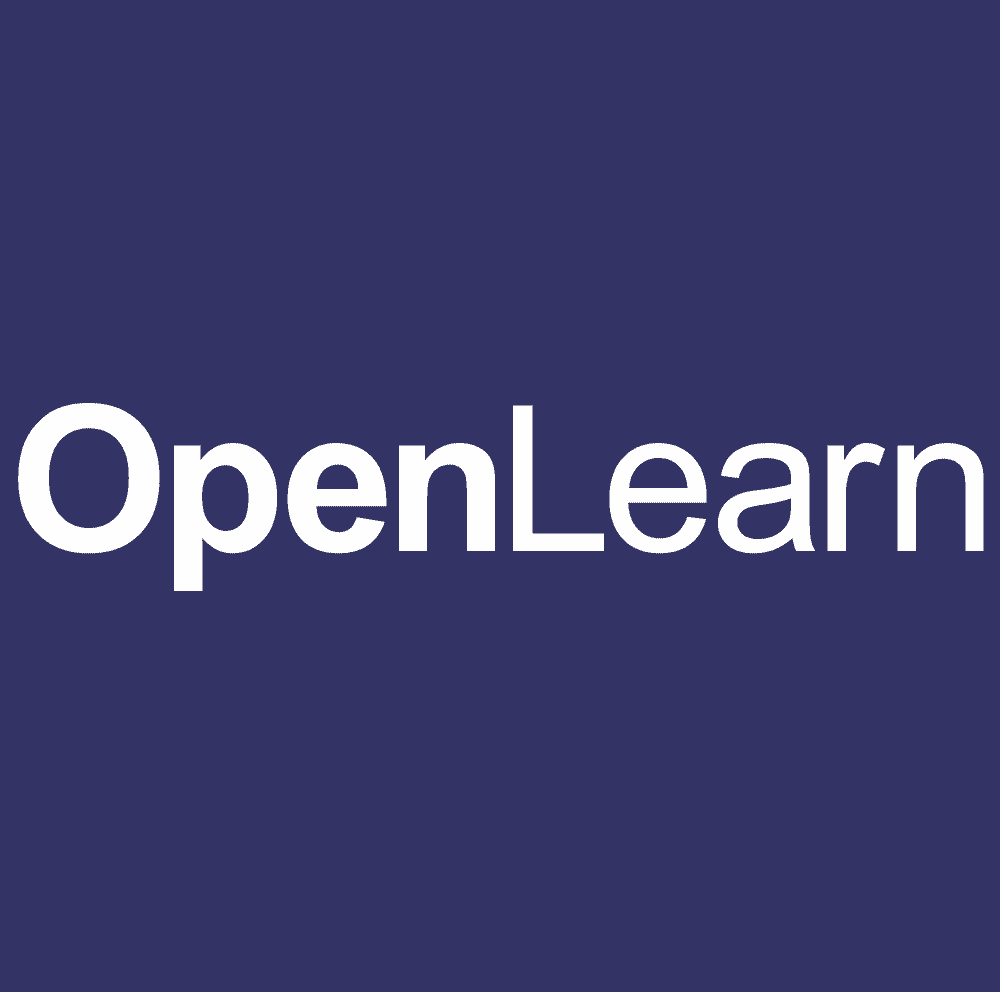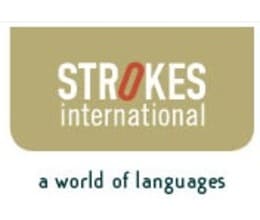Open Learn Mini-Review: Very Specific Course Topics
Open Learn
Summary
Open Learn offers an entire section dedicated to language learning, with beginner, intermediate, and advanced content for German, Spanish, and French. You will also find some basic courses for Chinese, Welsh, English, and Italian. The courses seem to emphasize understanding the culture that the language originates from, and will teach you vocabulary through specific topics (like food and drink for beginner Italian, or ‘getting around’ for beginner Spanish). This may feel a little over the top when you end up studying holiday plans for 20 hours, but at the same time, you will probably feel quite confident in your abilities by the end of the course. Most of the beginner courses, other than Chinese, German, and Welsh, seem to be for false beginners. You will probably need to develop a basic foundation of your target language (maybe a section or two of the Duolingo tree, or the introductory courses on Coursera) before diving in, unless you want a challenge. Overall, Open Learn language courses are good for improving your language skills on specific topics, but you may not feel fulfilled in the area of practical conversation. Moreover, the user interface is not as attractive or easy to navigate as other resources, like Coursera. For some other free options that may give you more practical language skills, check out Coursera, edX, Deutsche Welle (German), TV5 Monde (French), Duolingo, HelloChinese, or Language Transfer.
Open Learn Mini-Review: Very Specific Course Topics Read More »










